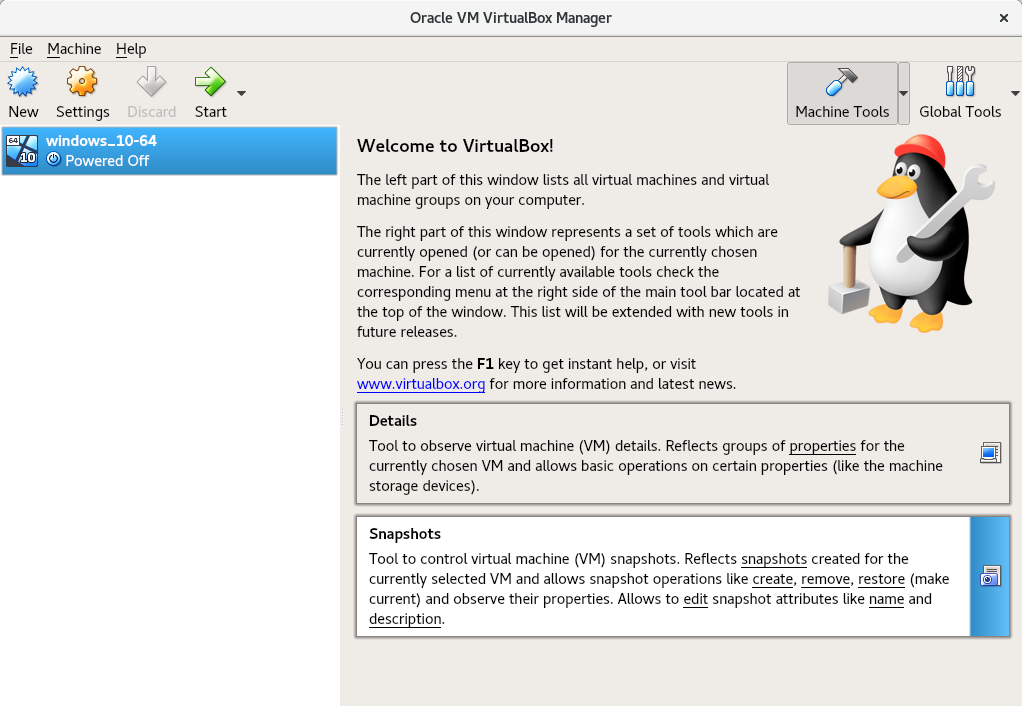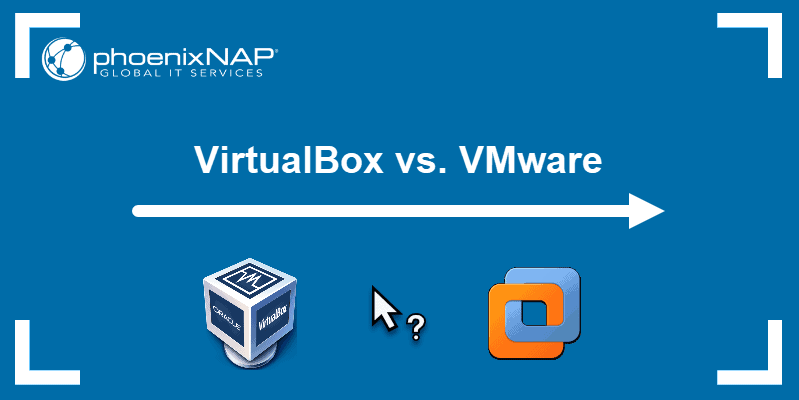
- #Vmware vs virtualbox homelab how to#
- #Vmware vs virtualbox homelab install#
- #Vmware vs virtualbox homelab full#
- #Vmware vs virtualbox homelab windows 10#
- #Vmware vs virtualbox homelab trial#
#Vmware vs virtualbox homelab windows 10#
Experience unknown applicationsĪlthough Windows 10 has now a sandbox feature to test software in an isolated environment, however, the moment we close the Sandbox window, it automatically resets everything. Also, if you are learning Windows Server then trying it on VM with other couple guests’ VMs to simulate a real-life server-client environment will be quite easy.įurthermore, we can safely try out new feature upgrades of Windows 10 that appear every six months in a virtual machine before having the new build installed on the real system.
#Vmware vs virtualbox homelab trial#
Test new Linux or trial versions of Windows ServerĪs we know there are hundreds of Linux variants and every month something new is developing, thus we cannot test all of them on our physical machines but on Virtual Machine, we can. Many of us especially the new generation didn’t get a chance to experience one of the dominant operating systems of the world i.e Windows XP, thus if any of us want to try an old operating system then virtual machines are the best available way. Ability to run an older OS like Windows XP on Windows 10 Access to the folder from the real system can also only be set up as “read” to prevent the attack of a virus from the guest system on the host system. You can use these network settings to determine how the VM is connected to the network, depending on the area of application.įurthermore, we can set a shared folder that facilitates data exchange between the virtual machine and the host system. There are multiple modes such as by default the network connection of the guest system is via “NAT” in which the client does not receive its IP from the main DHCP server or router whereas in “bridge mode” the guest system behaves like a normal PC, it receives its own IP address from the router and behaves like any other PC in the network. Guest machines get their network connectivity from the host machine, thus we can control its mode or turn it off to isolate the guest system completely from the outside world. For example, we have two virtual machines one is Ubuntu Linux with GUI and the other is CentOS server CLI, of course, the GUI one needs more RAM and processing power than a command-line interface, hence we can customize the hardware resource on Hypervisors accordingly. This means, according to the demand it is possible to set how much RAM and CPU cores should be used by any particular guest OS. However, the major advantage is we can control the CPU performance and RAM allocation to installed Guests. Well, the Virtualization platforms use the computing power and memory available on the host system, thus there would not be any massive loss in performance as compared to the expectation for running an OS on a real system. Key Benefits of using Virtual Machines on Windows 10 1. Regardless of whether it’s an old Windows XP, Linux, BSD, Solaris, OS / 2, macOS X, or the latest insider build of Windows 10.
#Vmware vs virtualbox homelab install#
In short, you can install everything within the virtual machine that would be executable on the real hardware. Guest can access the hardware and other attached peripheral devices. Yes, a host that is taking care of guest requirements so that it could run properly. The OS which runs on VM known as guest OS and our physical machine’s main OS is called the host.
#Vmware vs virtualbox homelab full#
In clear words, the virtual machine (VM) running on our existing physical machine virtually has the ability to be executed like any other program on the desktop and can be displayed as a window or on a full screen. You can also know the difference between Type I and II Hypervisor and the best Type 1 virtualization platforms in the opensource category.


For better compatibility, the VMWare and VirtualBox virtualizers also offer extensions that have to be installed on the guest system so that, for example, USB 3.0 or switching to the guest system is possible using the mouse focus alone.

Hypervisor programs such as Hyper-V, VMware Workstation, and Oracle VirtualBox are some popular ones that allow a virtual machine (VM) to run in isolation on a host system as if it were on a physical machine. However, this all doesn’t need anymore, we already have a technology called virtualization achieved using different hypervisor platforms for Windows, Mac OS, and Linux.
#Vmware vs virtualbox homelab how to#
Well, this whole procedure is not only time-consuming and error-prone, moreover, if you don’t know how to do it properly it can even cause a breakdown of the system’s current OS. For example, we have Windows 10 PC and want to try Ubuntu Linux, in such a scenario either you can set a boot manager that offers a selection of which operating system should be started when the system is booted. Generally, on our PC or Laptop, we have only one operating system either Windows or Linux, however, what happens if we want to try out some other OS.

Which Virtual Machine should you use on Windows 10? What is a virtual machine?


 0 kommentar(er)
0 kommentar(er)
